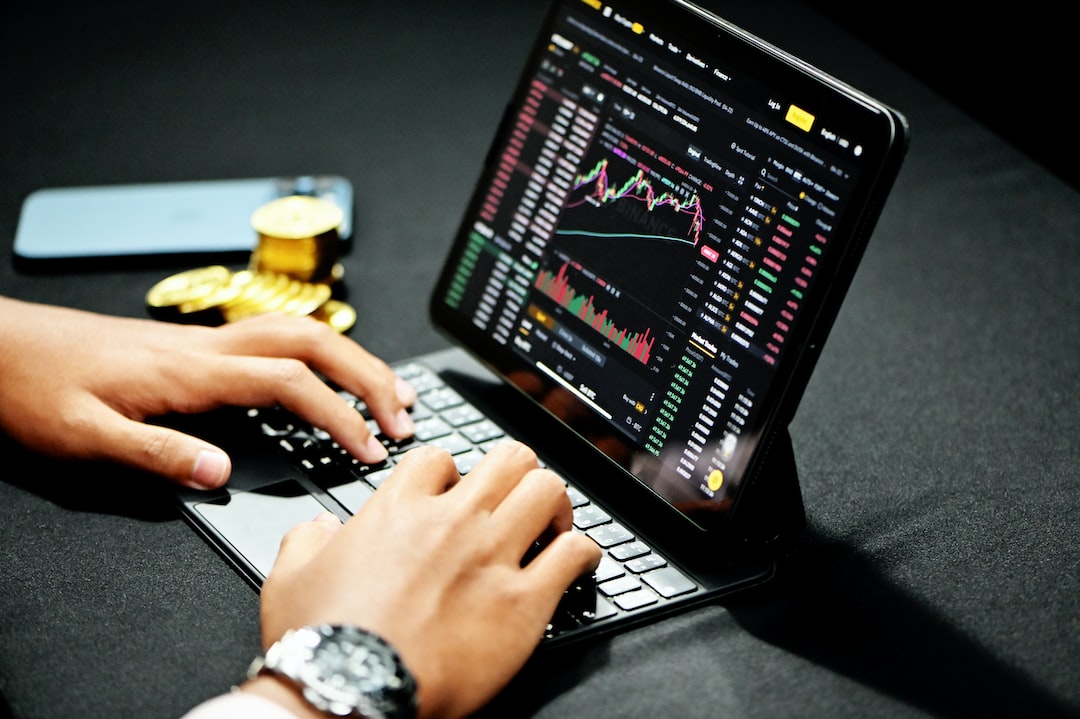Mastering Forex Trading Basics: A Step-by-Step PDF Guide for Newbies
Forex trading, also known as foreign exchange trading, is the largest and most liquid financial market in the world. It offers individuals the opportunity to trade currencies and potentially profit from the fluctuations in exchange rates. However, for newcomers to the forex market, understanding its intricacies can be overwhelming. This step-by-step PDF guide aims to provide newbies with a comprehensive overview of forex trading basics, equipping them with the necessary knowledge to navigate this dynamic market.
1. Introduction to Forex Trading
To begin, it is essential to grasp the fundamentals of forex trading. The forex market operates 24 hours a day, five days a week, allowing traders to engage in currency trading around the clock. The main participants in this market are banks, financial institutions, corporations, governments, and individual traders like you. Forex trading involves buying one currency while simultaneously selling another, based on the expectation that the value of the purchased currency will appreciate relative to the sold currency.
2. Understanding Currency Pairs
In forex trading, currencies are always traded in pairs. It is crucial to comprehend the structure of currency pairs to grasp how the market operates. A currency pair consists of a base currency and a quote currency. For instance, in the EUR/USD currency pair, the euro is the base currency, while the US dollar is the quote currency. The exchange rate represents the value of the quote currency required to purchase one unit of the base currency. By understanding currency pairs, traders can analyze and predict market movements effectively.
3. The Forex Market Participants
As mentioned earlier, various participants influence the forex market. Central banks play a significant role by implementing monetary policies that impact exchange rates. Commercial banks facilitate transactions and provide liquidity to the market. Hedge funds, corporations, and individual traders engage in forex trading to profit from currency fluctuations. Understanding the motivations and actions of these market participants can help traders make informed decisions.
4. Tools and Platforms for Forex Trading
To participate in forex trading, traders require a reliable platform that allows them to access live market data, execute trades, and analyze charts and indicators. MetaTrader 4 (MT4) and MetaTrader 5 (MT5) are popular platforms widely used by forex traders. These platforms offer an array of tools, including real-time charts, technical indicators, and customizable trading strategies. Familiarizing oneself with these platforms is crucial for successful forex trading.
5. Fundamental and Technical Analysis
Forex traders utilize two main types of analysis to make trading decisions: fundamental analysis and technical analysis. Fundamental analysis involves evaluating economic indicators, such as GDP growth, interest rates, inflation, and geopolitical events, to understand the underlying factors affecting a currency’s value. Technical analysis, on the other hand, involves studying historical price patterns, chart patterns, and technical indicators to predict future price movements. Both forms of analysis complement each other and provide a comprehensive understanding of the market.
6. Risk Management and Trading Psychology
Risk management is a vital aspect of forex trading. Traders must understand how to manage their capital, set stop-loss orders, and determine appropriate position sizes to mitigate potential losses. Moreover, mastering trading psychology is essential to avoid emotional decision-making, stick to a trading plan, and maintain discipline. Embracing risk management techniques and developing a strong trading mindset are crucial for long-term success in forex trading.
7. Demo Trading and Education
Before diving into live trading, newbies should consider practicing with a demo trading account. Demo accounts offer a risk-free environment to apply theoretical knowledge and test trading strategies using virtual funds. Additionally, continuous education is key to mastering forex trading. Newbies should explore educational resources such as books, webinars, and online courses to enhance their understanding of the market.
8. Developing a Trading Plan
To succeed in forex trading, it is essential to develop a trading plan. A trading plan outlines a trader’s goals, risk tolerance, trading strategies, and money management rules. It provides a structured approach to trading and helps traders stay focused on their objectives. Newbies should devote time to creating a well-defined trading plan and review it regularly to adapt to changing market conditions.
In conclusion, mastering forex trading basics is crucial for newcomers to navigate the dynamic forex market successfully. This step-by-step PDF guide has provided an in-depth overview of key concepts such as currency pairs, market participants, trading platforms, analysis techniques, risk management, and trading psychology. By understanding these fundamentals and continuously educating oneself, newbies can embark on their forex trading journey with confidence and increase their chances of long-term success.






